Researchers Stumble Upon Remains of Oldest Forest Ever Discovered
A team of scientists has stumbled upon the fossilized remains of an ancient forest in Great Britain that could be hundreds of millions of years old.
Researchers stumbled upon the fossils while scouring sandstone cliffs high above the Bristol Channel near Minehead in England. Initial testing suggests this forest could be the oldest ever discovered, and the findings may revolutionize our understanding of the evolution of trees on Earth.
The Emergence of Trees on Earth
After the last great ice age, trees covered well over half of Earth’s habitable land. Despite their role in human evolution due to the fruit and material they provide, trees emerged relatively late in the planet’s history.
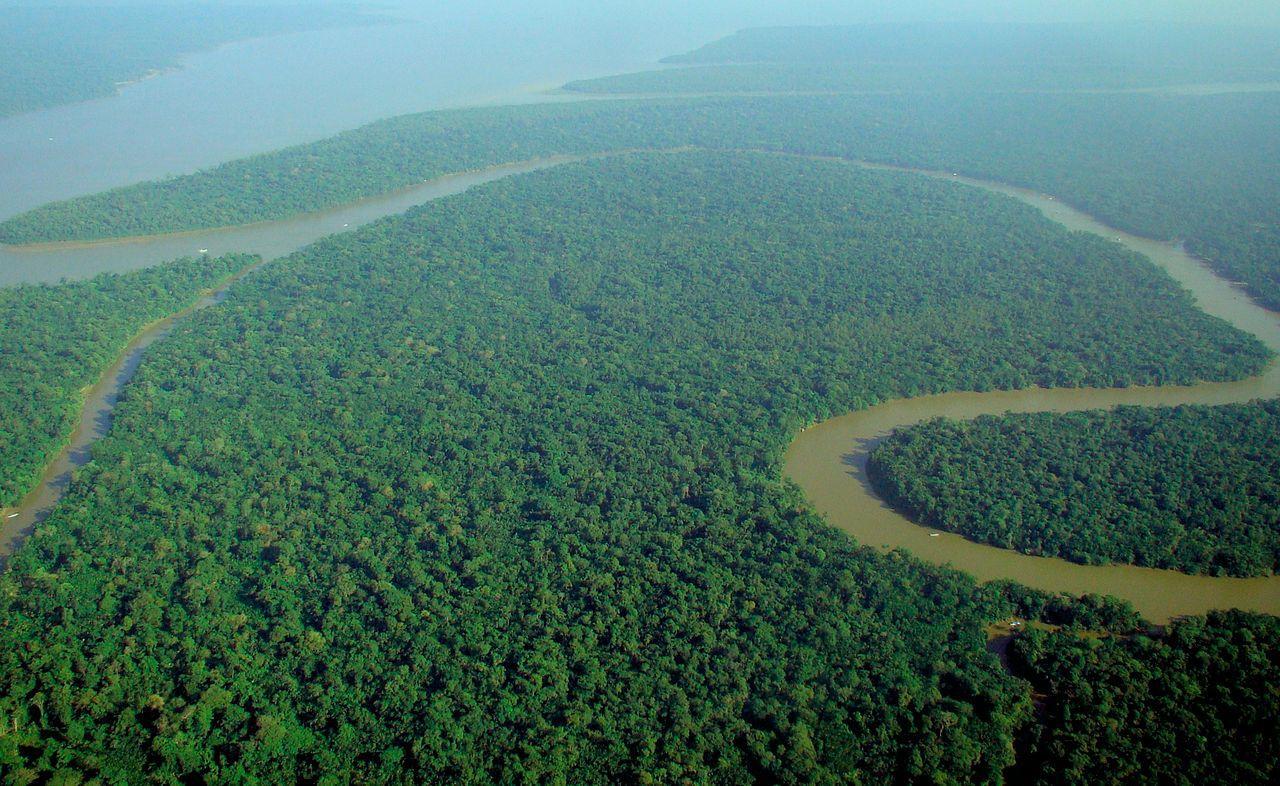
Source: Wikimedia
It’s believed that the first trees evolved approximately 400 million years ago, but finding proof of this has proved somewhat challenging for scientists. However, a recent discovery in Great Britain could revolutionize our understanding of these ancient plants.
390-Million-Year-Old Fossils
A group of scientists recently published a study in the Journal of the Geological Society detailing the discovery of a fossilized forest in England that could be up to 390 million years old.
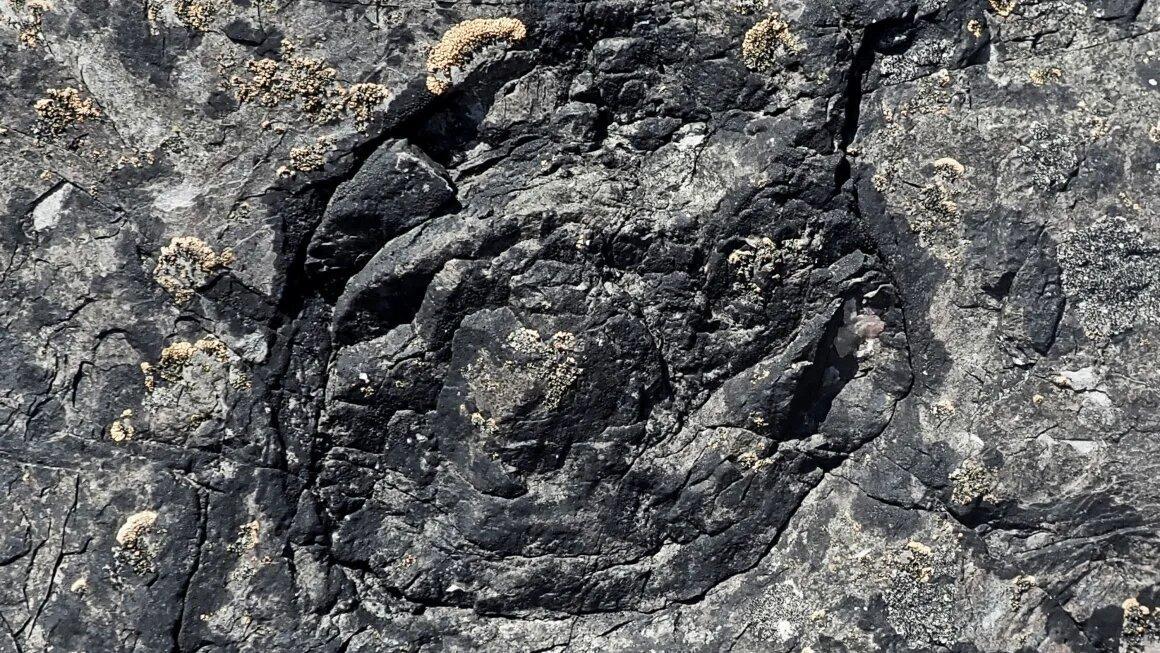
Source: Neil Davies
If these results hold up following a peer review, they will officially break the record for the oldest forest ever discovered by 4 million years, which was previously held by fossils discovered in New York.
Scientists Discover Ancient Trees Similar to Modern Palms
Scientists made the discovery while examining sandstone cliffs near the Bristol Channel, which separates southwestern England from southern Wales.

Source: Wikimedia
The scientist discovered the fossilized remains of trees known as Calamophyton, which resemble modern palm trees. However, they had hollow trunks and didn’t produce leaves.
Trees Emerge During the Devonian Period
Speaking with CNN, the study’s lead author, Neil Davies, a lecturer at the University of Cambridge’s Earth Sciences department, explained the trees likely grew to between 6 and 13 feet on average.
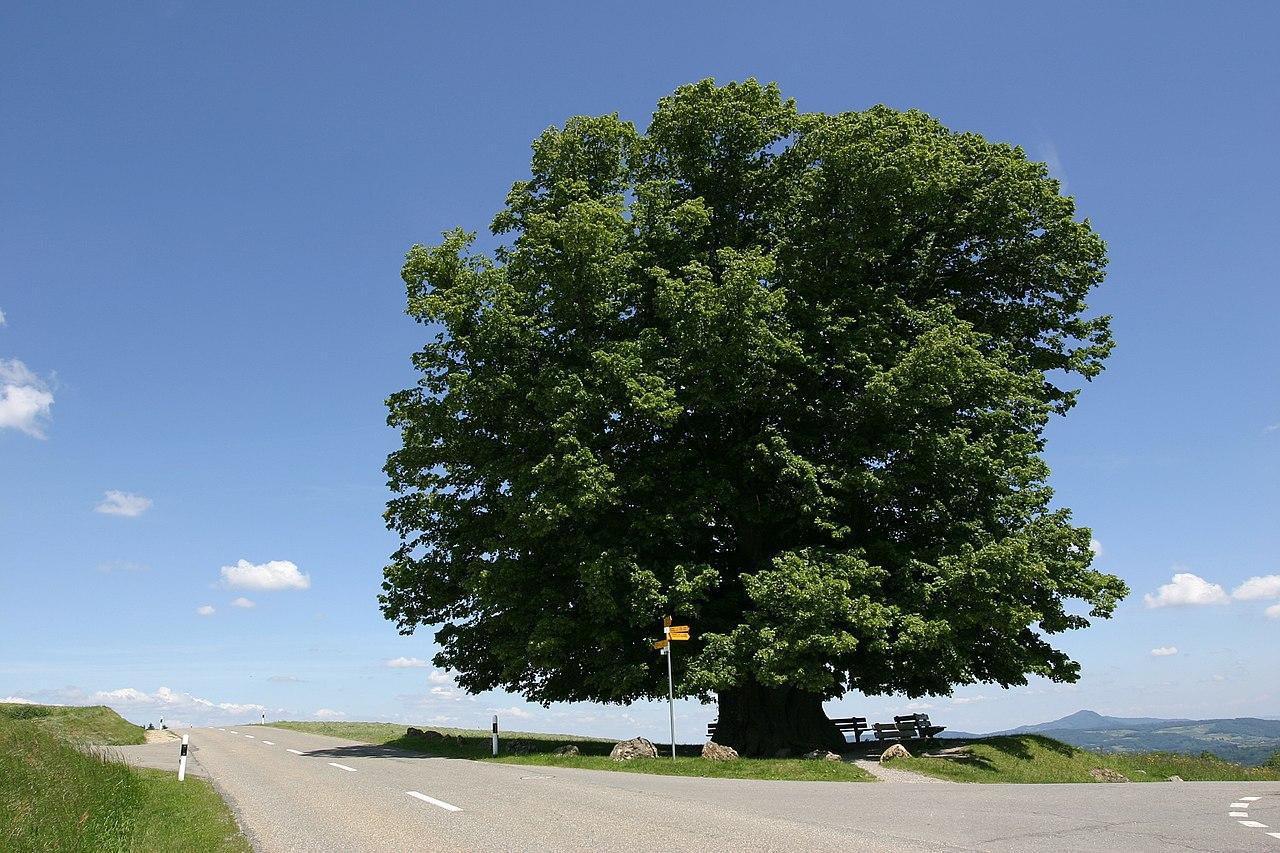
Source: Wikimedia
According to the researcher, the trees emerged during the Devonian period and stabilized coastlines and riverbanks by trapping sediment in their root systems.
Calamophyton Trees Shape the Landscape
Davies explained that ancient Calamophyton played a significant role in shaping the surrounding landscape.
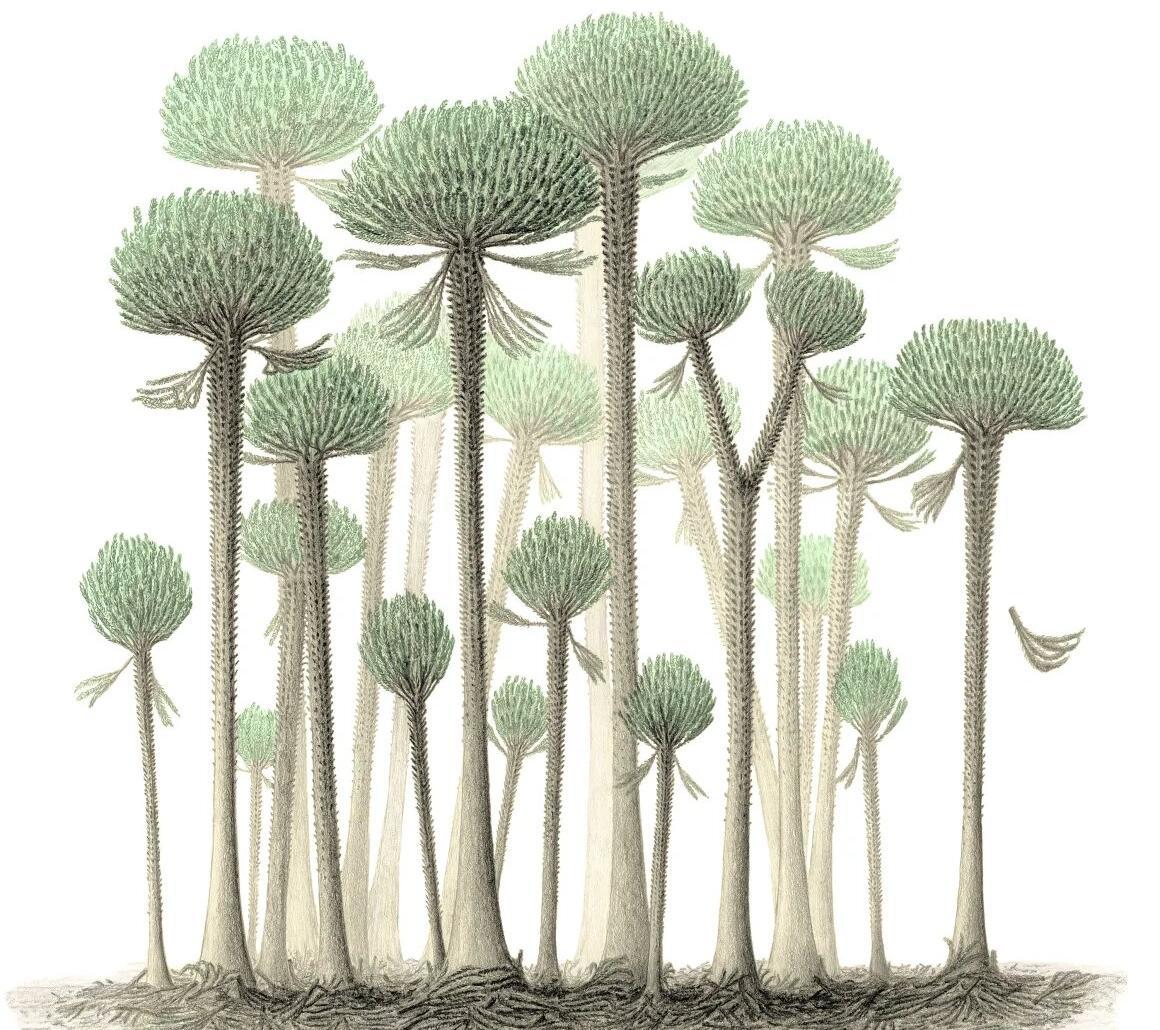
Source: Peter Giesen/Chris Berry
“In doing so, they are corralling water in certain locations and making these small channels,” he said. “They’re basically building the environment they want to live in rather than being passive.”
The Speed of Early Forest Development
The results of the study also provided researchers with valuable insight into how quickly early forests developed.
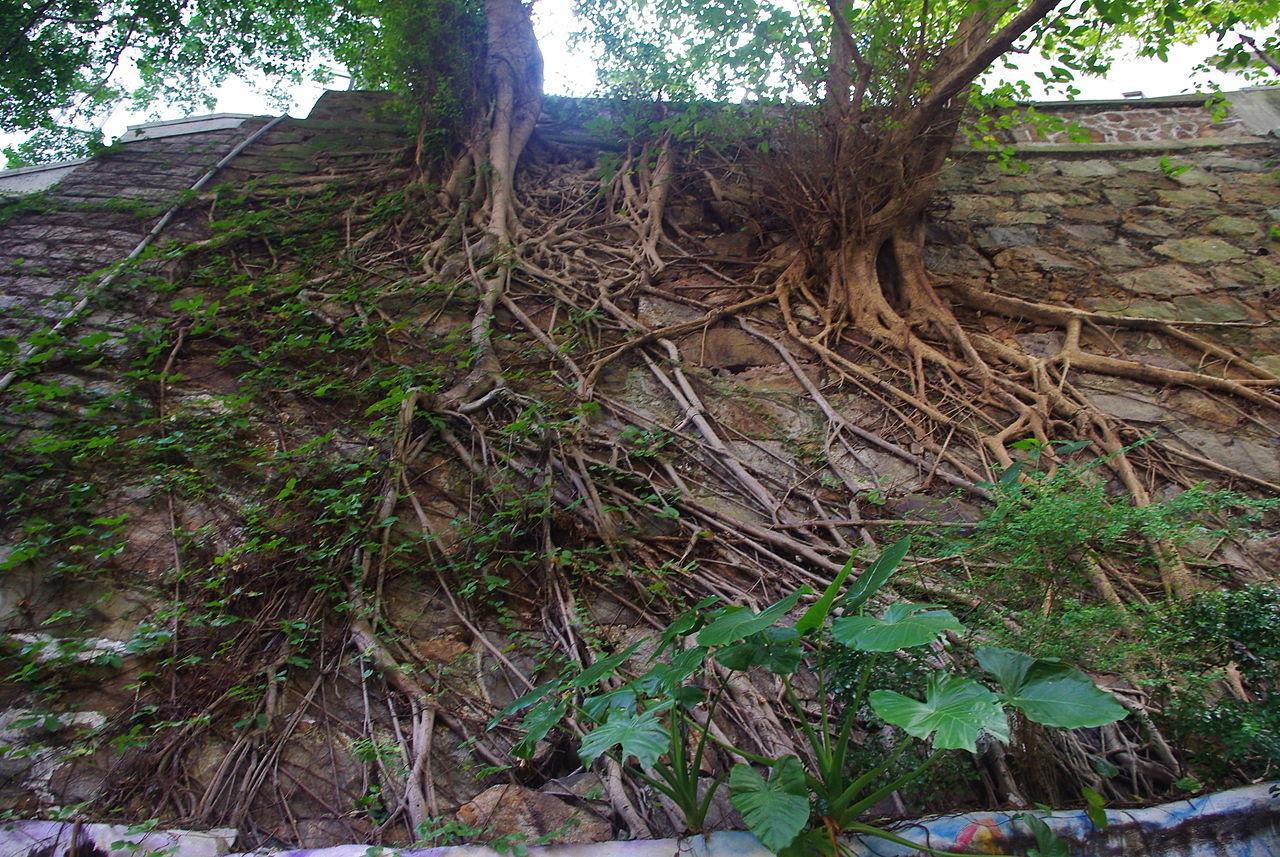
Source: Wikimedia
To do this, the researchers compared the singular species discovered in England with several from the previously oldest forest located in New York state, which showcased how quickly trees evolved.
Rapid Evolution of Trees
Regarding the study’s fascinating results, Davies said, “By comparing the Somerset flora with the New York flora, you really see how rapidly things changed in terms of geological time.”
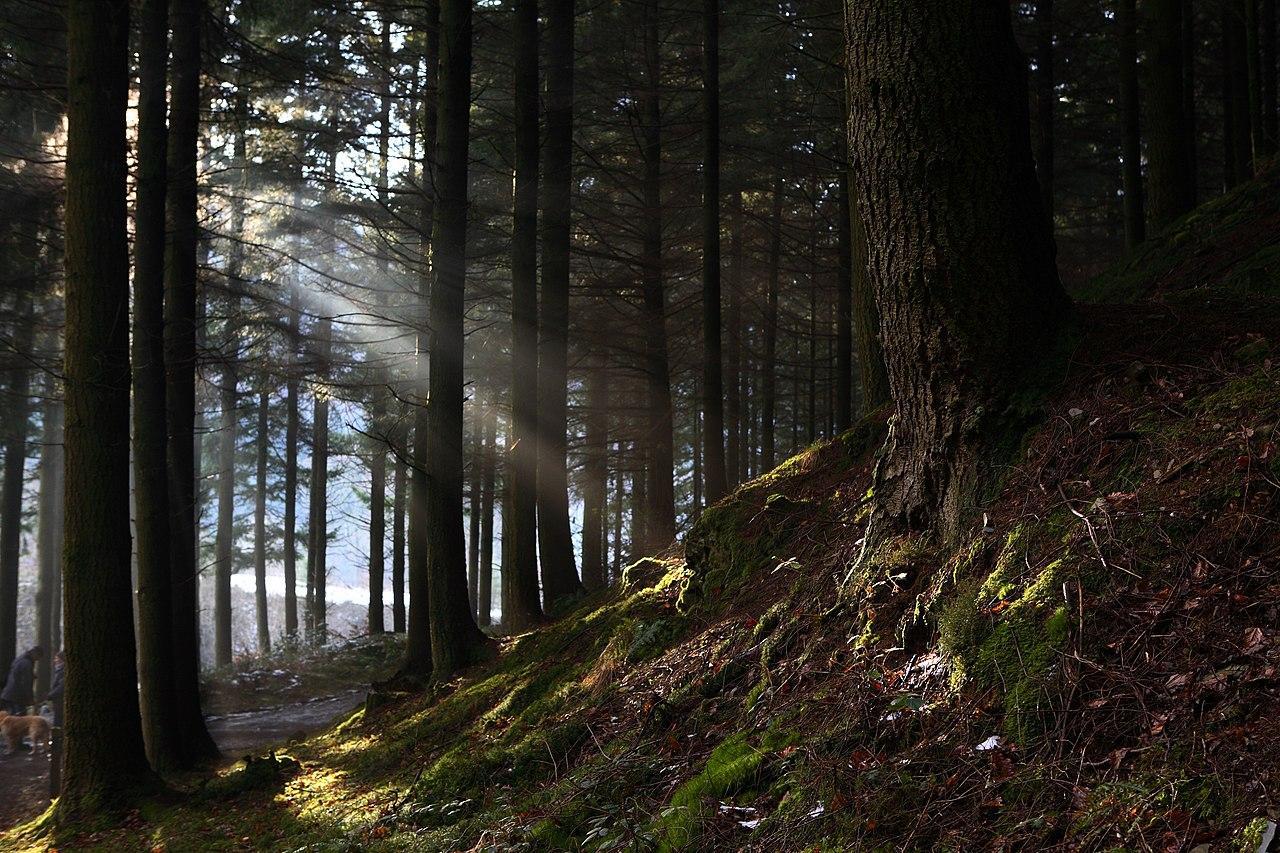
Source: Wikimedia
He added, “Within a kind of geological blink of the eye, you’ve got a lot more variety.”
Scientists Find Evidence of Arthropods
The team of researchers also revealed that they discovered fossilized footprints belonging to small arthropods who lived on the forest floor.
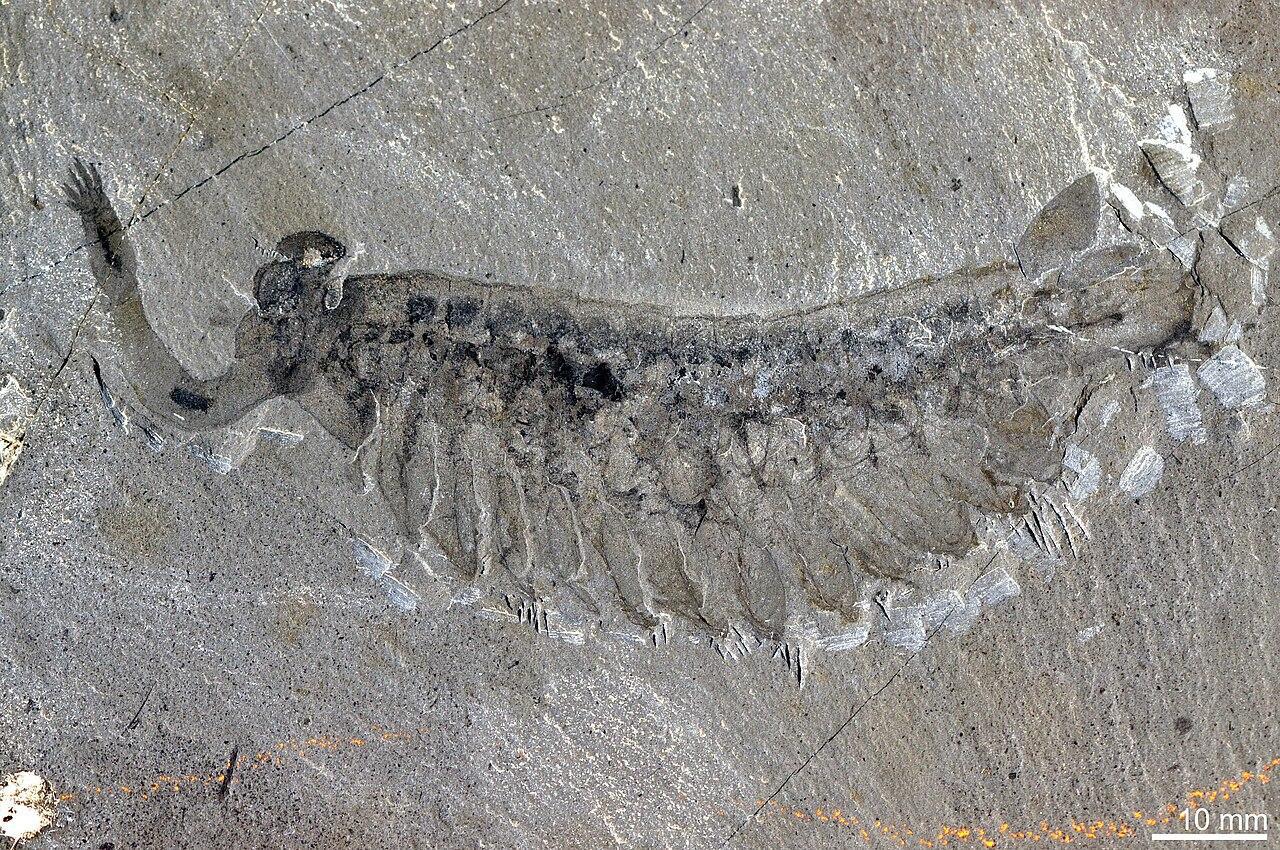
Source: Wikimedia
While they haven’t been able to discern precisely what the small insect-like creatures were, the largest appear to have been around 2-4 inches in size. “They’re sizeable,” Davies added.
Fossilized Trees Were Once Part of Germany
During the forest’s lifespan, the cliffs that produced the fossils known to researchers as the Hangman Sandstone Formation were actually part of modern-day Belgium and Germany rather than England.

Source: Wikimedia
Regarding the discovery of the fossils, study co-author Christopher Berry said, “It was amazing to see them so near to home. But the most revealing insight comes from seeing, for the first time, these trees in the positions where they grew.”
The Significance of the Find in England
Berry, a palaeobotanist at Cardiff University’s School of Earth and Environmental Sciences, explained the significance of the find in a press release.

Source: Wikimedia
“It is our first opportunity to look directly at the ecology of this earliest type of forest, to interpret the environment in which Calamophyton trees were growing, and to evaluate their impact on the sedimentary system,” he said.
A Stroke of Luck
According to Davies, luck played a major role in the discovery of the fossilized forest. “These were fortuitous findings,” he said, revealing his team had been in the region studying general geology when they stumbled across the fossils.

Source: Freepik
“We were surprised to find the forest because it’s a part of the world that has been looked at quite extensively, and no one’s ever found these things,” he added.
